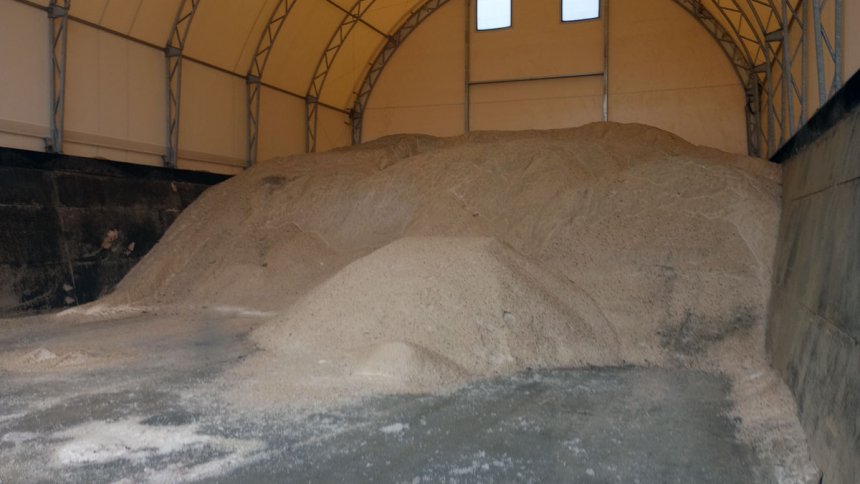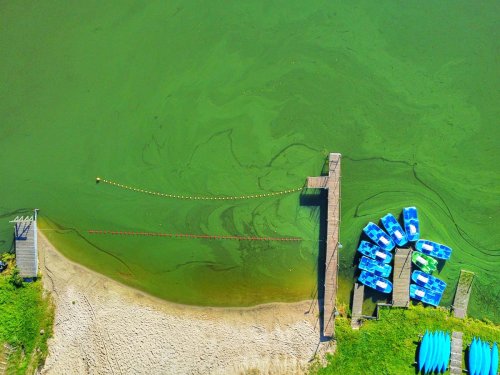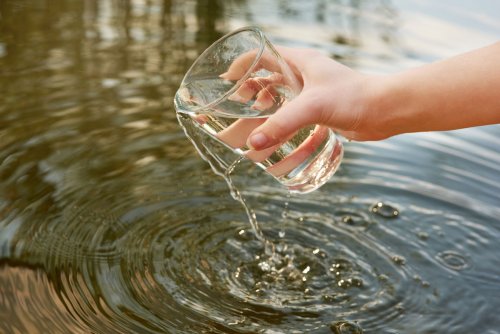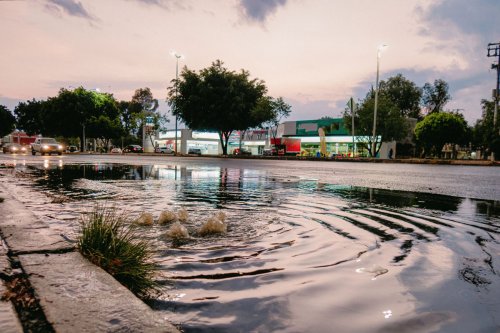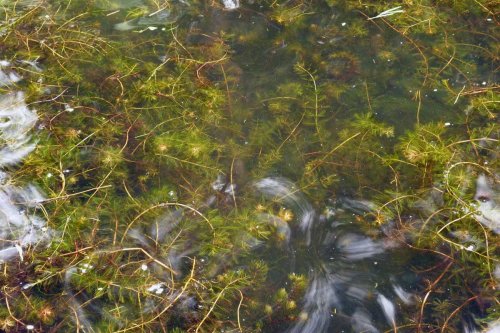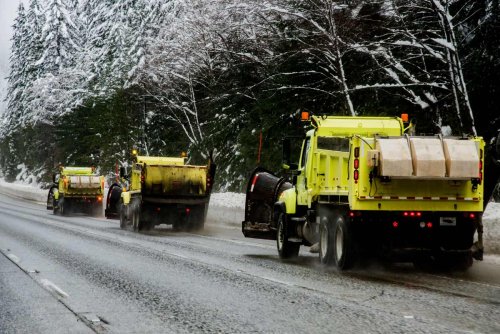The Hidden Cost of Winter Roads
While road salt remains a vital safety measure during winter, its environmental consequences cannot be ignored. Addressing road salt pollution requires a balanced approach that prioritizes both public safety and ecological preservation. Through sustainable alternatives and better management practices, communities can mitigate the harmful effects of chloride pollution while keeping roads safe. The long-term health of our waterways—and the species and people who depend on them—depends on proactive action today.

How Road Salt Pollutes Waterways
During winter months, road salt is a crucial tool for ensuring safe travel on icy and snowy roads. However, its widespread use comes with a significant environmental cost. Road salt significantly contributes to water pollution by elevating chloride levels in surface and groundwater, which can be toxic to aquatic life, disrupt ecosystems, and even contaminate drinking water supplies.
The Impact of Chloride Pollution
Rock salt, primarily composed of sodium chloride (NaCl), is applied in massive quantities on roads and sidewalks during winter storms. While it effectively melts ice and improves traction, much of the salt eventually washes into nearby water bodies through stormwater runoff. Once dissolved, chloride ions persist in the environment, accumulating in streams, lakes, and groundwater sources.
High chloride concentrations pose a severe threat to freshwater ecosystems. Many aquatic organisms, including fish, amphibians, and invertebrates, cannot tolerate excessive salinity. Elevated chloride levels can lead to osmotic stress in freshwater species, impair reproductive capabilities, and disrupt food chains. Some studies have linked chronic salt exposure to the decline of sensitive species, shifting aquatic biodiversity and altering ecosystem dynamics.
Contamination of Drinking Water
Beyond ecological damage, road salt pollution also threatens human health by contaminating drinking water supplies. Groundwater, which serves as a primary drinking water source for many communities, is particularly vulnerable. When chloride levels rise beyond safe thresholds, water can become corrosive, leaching lead and other heavy metals from pipes. This not only affects water quality but also poses potential risks of toxicity for human consumption. The U.S. Environmental Protection Agency (EPA) has established a secondary drinking water standard of 250 mg/L for chloride, but concentrations in some regions have exceeded this limit due to excessive salt application.
Infrastructure Damage and Economic Costs
Salt-induced corrosion is another costly consequence of excessive road salt use. It accelerates the deterioration of bridges, roadways, and vehicles, leading to significant repair expenses. Municipalities often face financial burdens in addressing infrastructure damage caused by chloride-induced corrosion, while vehicle owners experience costly repairs due to rust-related damage.
Sustainable Alternatives and Solutions
Recognizing the environmental hazards of road salt, many communities are seeking alternatives to reduce their reliance on traditional de-icing methods. Some promising solutions include:
Brine Solutions: Pre-wetting roads with liquid brine reduces the overall amount of salt needed and enhances its effectiveness.
Alternative De-Icers: Compounds like calcium magnesium acetate (CMA) and beet juice additives provide eco-friendly de-icing solutions with lower environmental impact.
Improved Application Strategies: Strategic salt application, such as precision spreading and adjusting usage based on weather conditions, can minimize excess runoff.
Permeable Pavements: These surfaces allow water to drain through, reducing runoff and decreasing the need for excessive salting.
While road salt remains a vital safety measure during winter, its environmental consequences cannot be ignored. Addressing road salt pollution requires a balanced approach that prioritizes both public safety and ecological preservation. Through sustainable alternatives and better management practices, communities can mitigate the harmful effects of chloride pollution while keeping roads safe. The long-term health of our waterways—and the species and people who depend on them—depends on proactive action today.



